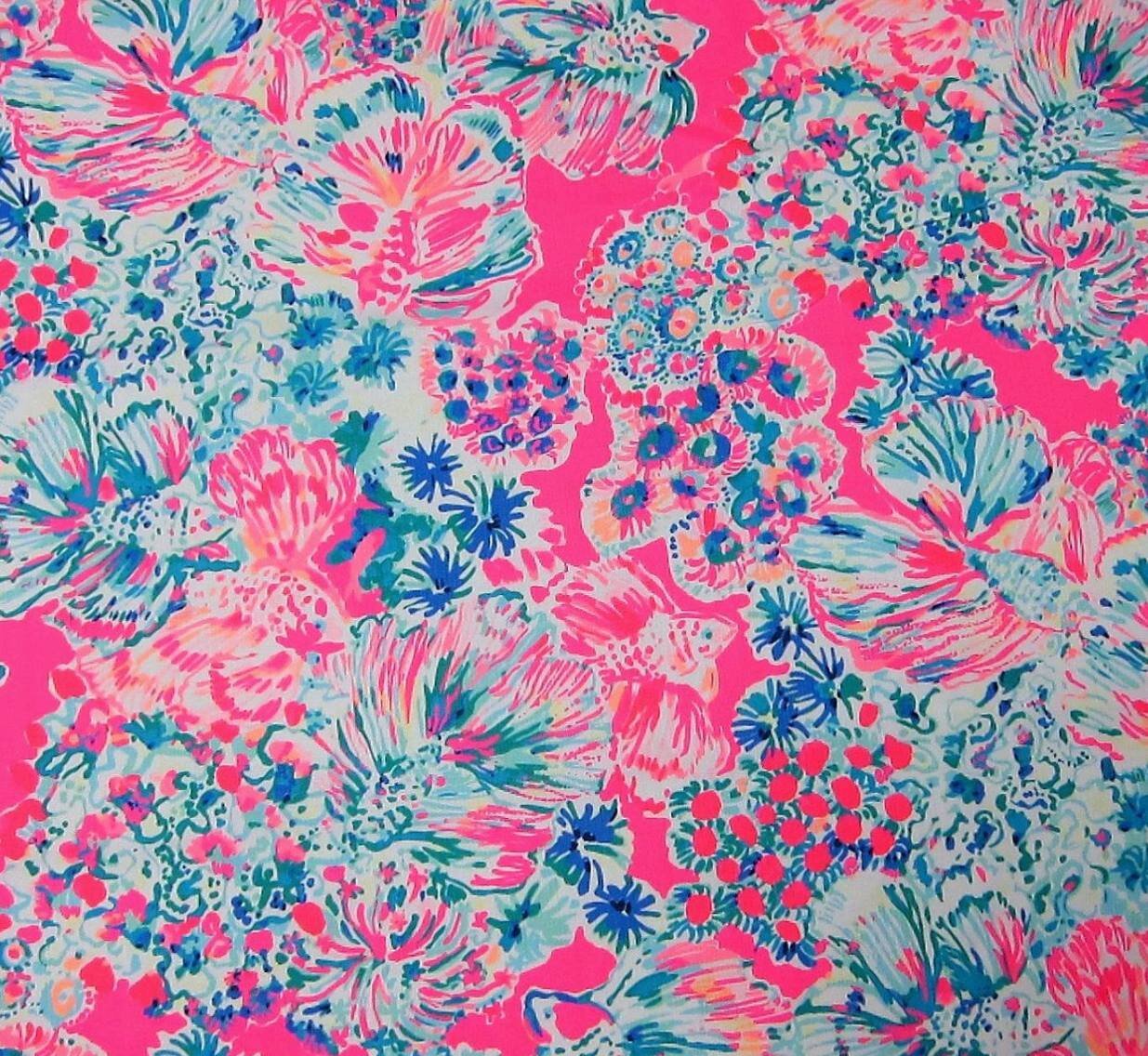My Store
The Synergy of Fabric and Fashion
The Synergy of Fabric and Fashion
Exploring Fabric and Style in Fashion: A Study of Design and Material Choices
Fashion is an ever-evolving industry, with designers constantly experimenting with new styles, cuts, and materials to create garments that make a statement. The intersection of fabric and design is a crucial aspect of any clothing line, as the choice of material can drastically alter the look, feel, and functionality of a piece of clothing. In this article, we will explore the relationship between fabric and style, looking at how different materials impact the fashion world, with a particular focus on the vibrant and playful designs that brands like Lilly Pulitzer have embraced over the years.
The Role of Fabric in Fashion Design
Fabric plays a pivotal role in fashion design, influencing both the aesthetic and practicality of a garment. Each type of fabric has unique properties—whether it's the softness of cotton, the sheen of silk, or the structure of wool. These properties dictate how a piece fits, moves, and drapes, which is why designers pay close attention to their fabric choices when creating new collections.
Natural fabrics like cotton, linen, and wool are often selected for their breathability and comfort. Cotton, for instance, is a go-to fabric for casual wear, offering comfort and softness, making it ideal for summer collections. On the other hand, linen provides a cool, lightweight feel that’s perfect for warm climates, with a slightly more structured appearance. Wool, a classic winter fabric, brings warmth and texture to colder weather garments.
Synthetic fabrics, such as polyester, nylon, and spandex, are commonly used in modern fashion for their durability, elasticity, and affordability. These materials often allow for more flexibility in design, offering a broader range of possibilities in terms of texture and form. Many fashion designers incorporate synthetic fabrics into their collections to create garments that are not only stylish but also functional, such as performance wear or garments with stretchable components.
Color, Print, and Design: Style and Fabric Coordination
When discussing fashion, the relationship between fabric and style isn’t solely about texture; it's also about color, print, and overall design. For instance, brightly colored fabrics and bold prints are often used to evoke energy and positivity. One such example is Lilly Pulitzer, a brand known for its playful and vibrant designs. Lilly Pulitzer’s signature colorful prints—often featuring floral and tropical motifs—are made possible through fabrics like cotton, silk, and synthetic blends, which hold color beautifully and enhance the brightness of the patterns.
Lilly Pulitzer’s designs have become iconic in the fashion world, particularly for resort wear, due to the seamless blend of vibrant prints and flattering cuts. The brand's use of fabrics that drape and move with ease—whether it’s in their famous shift dresses or skirts—demonstrates how the right material can enhance the visual appeal of a piece. The lightweight cotton and linen fabrics used in these designs are not only comfortable for warm weather but also allow the bold patterns to shine through.
The connection between fabric and design can be seen in many other fashion houses as well. While some designers favor minimalist silhouettes with neutral tones, others—like Lilly Pulitzer—embrace exuberant, eye-catching prints and colors. The fabric choices here are fundamental to the success of the design. Without the right material, such prints might not have the same impact.
Sustainable Fabrics and Modern Fashion
In recent years, the fashion industry has placed increasing emphasis on sustainability, which has led to a rise in eco-friendly fabrics. Organic cotton, hemp, and recycled polyester are just a few examples of materials that have gained popularity as consumers become more aware of the environmental impact of their clothing choices. Sustainability is not just a trend but a necessary shift in how the fashion industry operates, and it has influenced the design and production of modern garments.
Brands are now focusing on how fabrics are sourced, manufactured, and discarded. This shift is inspiring new design approaches that balance style with environmental responsibility. Fashion houses are integrating eco-friendly materials into their collections, creating garments that look and feel luxurious without compromising the planet.
Conclusion: The Synergy of Fabric and Fashion
The choice of fabric in fashion is far more than a practical decision; it is an integral part of the overall design process. The relationship between fabric and style determines not only the visual appeal of a garment but also its comfort, durability, and functionality. As we have seen, brands like Lilly Pulitzer excel in using fabric to enhance the impact of their bold designs, ensuring that their garments are both stylish and wearable. As the fashion world continues to evolve, the collaboration between fabric, design, and sustainability will remain a key factor in shaping the future of fashion.
In the end, fashion is about self-expression, and the fabrics we wear play a significant role in how we communicate our personal style to the world. Whether through intricate patterns, luxurious textures, or eco-conscious materials, the fabric choices we make contribute to the larger narrative of fashion, helping to tell a story of creativity, innovation, and culture.

